

It's June and the wildlife is becoming more varied and exciting. There are several rare birds back from their migration abroad such as the cuckoo (all the way from the Congo) and the turtle dove (all the way from Mali). Insects are beginning to emerge too with butterflies sunning themselves on reeds and dragonflies stalking the marshes. Here are a few of our favourites to spot this summer…
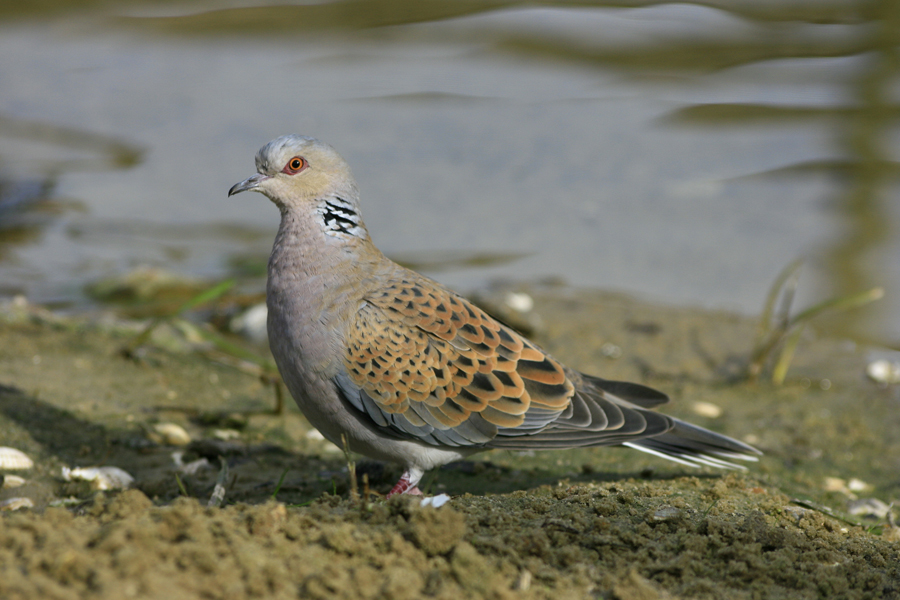
‘The flowers appear on the earth, the time of singing has come, and the voice of the turtle dove is heard in our land’ - Song of Solomon
The turtle dove has a particularly special place in the heart of the cultures that it migrates through. From the bible to Shakespeare, it flies through the pages of libraries across the world, representing constancy, true love, and good faith. But now with its numbers dwindling to such an extent that they are thought to be likely extinct within ten years, their conservation has never been more important. They are granivores living solely off the seeds of wildflowers so to be within a chance of spotting one you’ll need to find a rural location away from overly agricultural areas where the chemicals used by farmers haven’t poisoned their soul food source. They have a distinctive called from which they acquired their name which is described as a ‘turr’.
Where to see: Check out Pensthorpe Natural Park where they have a turtle dove breeding programme in nearby North Norfolk.
If you’d like to find out more about turtle doves visit the Operation Turtle Dove website or buy a copy of When Turtle Dove’s Fly a book which raises money and awareness for Operation Turtle Dove and was put together by local artists working in the Broads.
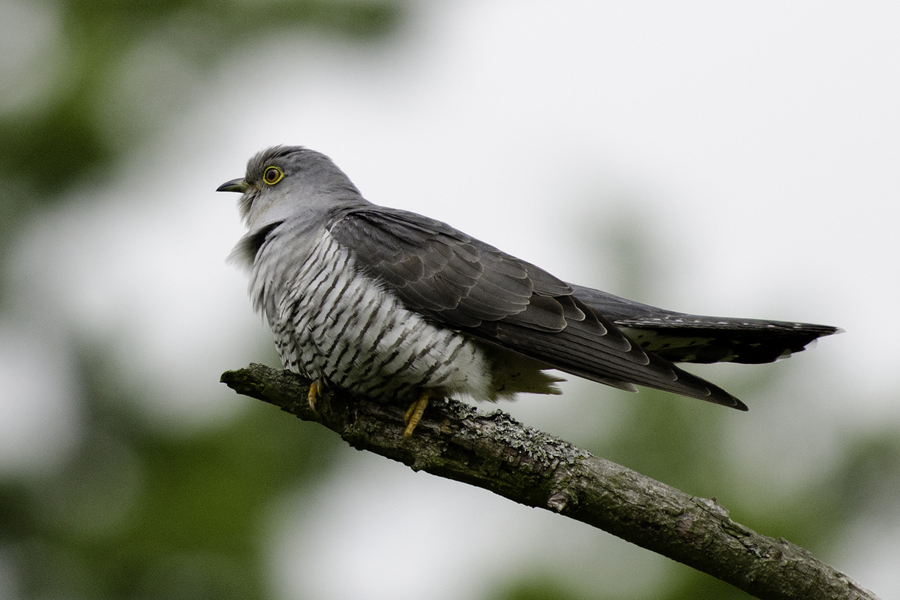
The distinctive sound of the cuckoo used to be heard up and down the country but sadly this striking bird has suffered a disappointing fall in numbers in recent years and are now red-listed. They are famous for their ‘sneaky parenting’ in which they roll away the egg of another nesting bird and in its place lay their own egg leaving the unsuspecting bird to bring up their young for them (their favoured breeds are the much smaller meadow pipits, dunnocks and reed warblers). They even lay an egg of the same colour as their host bird. The cuckoo migrates all the way to the Congo and has been heard this year calling along the River Thurne.
Where to see: St Benet’s Abbey is the perfect location to go for a walk beside the Broads and to be in with a chance of hearing (and maybe even seeing) a cuckoo.
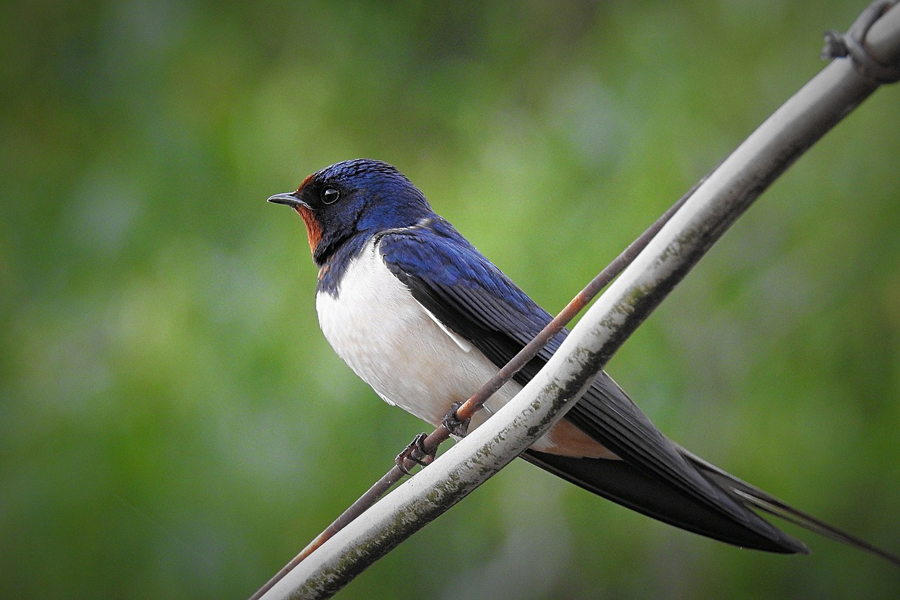
The swallow is easily recognised by its blue inky feathers, red chest and long forked tail. They feed off of airborne insects and can be found diving through the air to catch their prey. Their numbers have declined in recent years as they have traditionally built their nests in barns and disused farm buildings. With the fashion being to convert these once derelict buildings the swallows have found a lack of nesting habitat, this combined with a lack of insects due to chemical farming techniques has seen swallow populations declining steeply.
Where to see: Visit Ranworth and specifically the Norfolk Wildlife Trust’s floating wildlife centre to borrow a pair of binoculars and see them hunting above the water.
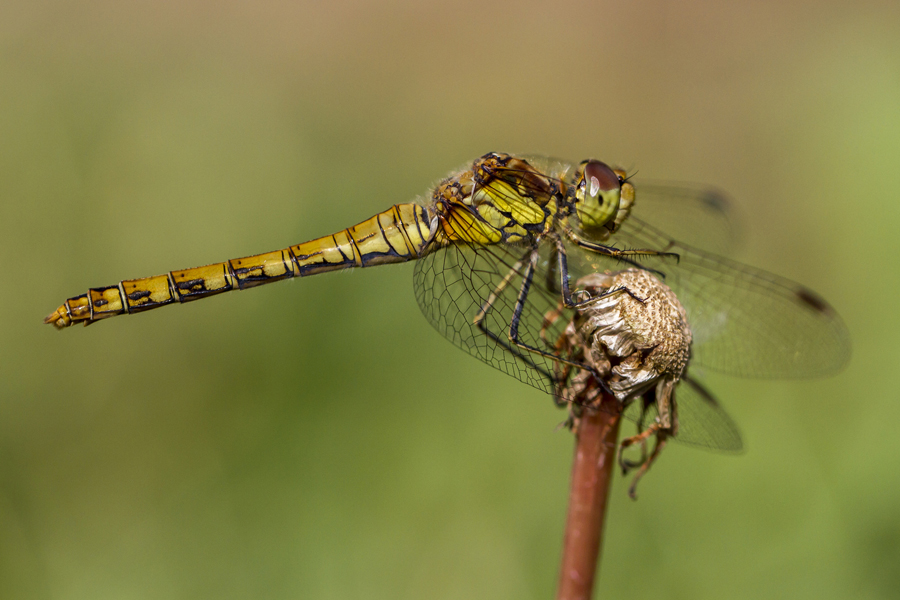
The common darter is a dragonfly which you have a good chance of seeing in the Broads National Park this month. They are one of the most common European breeds of dragonfly and vary in colour from vivid red to yellow to a deep velvety brown. They prefer wetland habitats which means the Broads are the perfect place to see them and they are large enough to be easily spotted by the eagle-eyed.
Where to see: Common darters are wide spread in the Broads. So follow a local riverside footpath such as the Weaver's Way at Acle or Thurne for a good chance of seeing them.
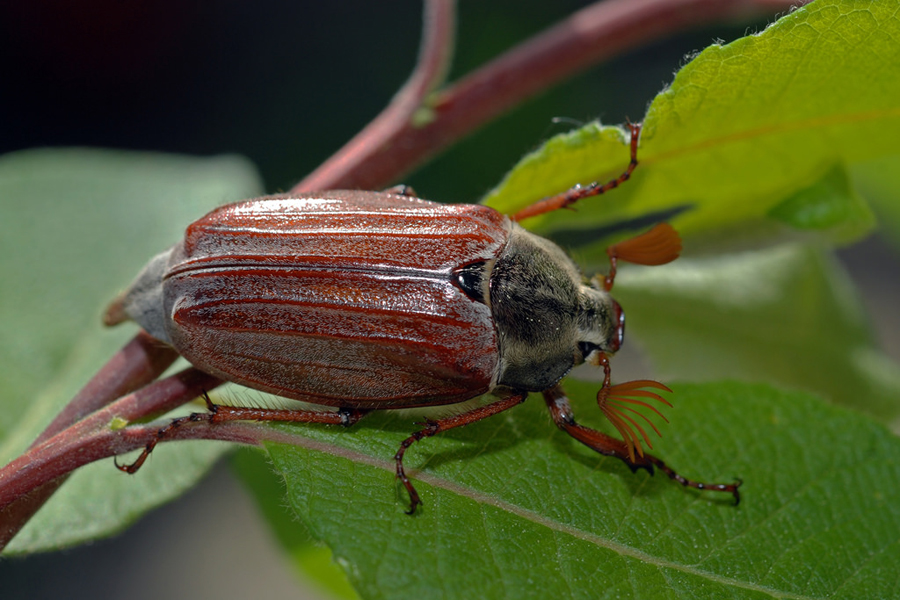
The cockchafer is also known as the may bug and is famous for its beautiful feathery antennae. Its body is a shiny mahogany colour and in many ways resembles a conker in both appearance and size. They are out on the wing between May and July. The cockchafer has several colloquial Norfolk names, two of which are ‘mitchamador’ and ‘kittywitch’.
Where to see: The cockchafer can be found anywhere near deciduous trees and this includes farmland, back gardens and woodland. Why not go for a walk at How Hill where many have been seen in the past?
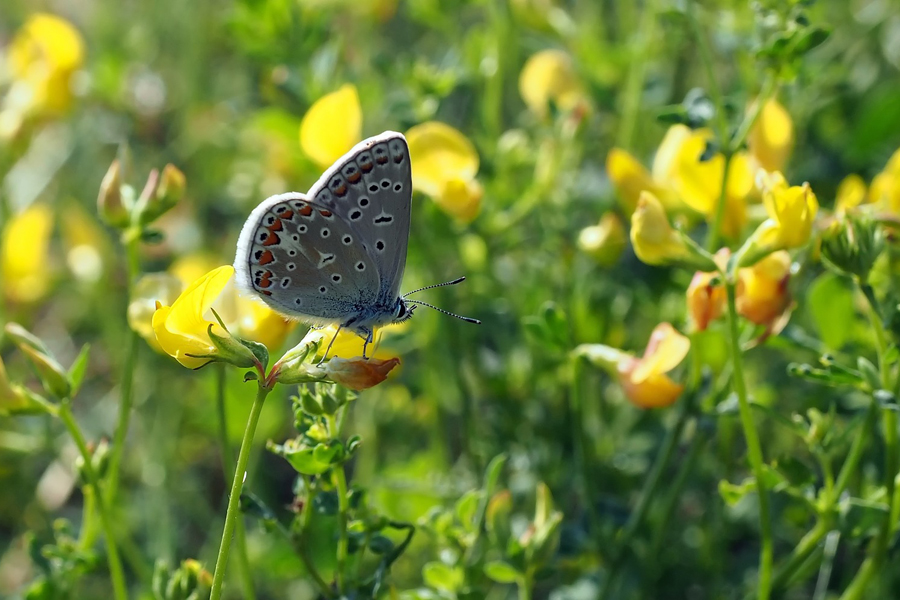
The common blue butterfly is a small but striking butterfly who first emerges in May and June. They lay their eggs on birdsfoot trefoil in areas which are unaffected by agricultural chemicals. Its name only applies to the male, as the female common blue is dark brown with a variable blue blush at the base of her wings.
Where to see: Hickling Broad is home to plenty of common blues in June and is a great place to walk to see a wealth of other butterfly varieties.
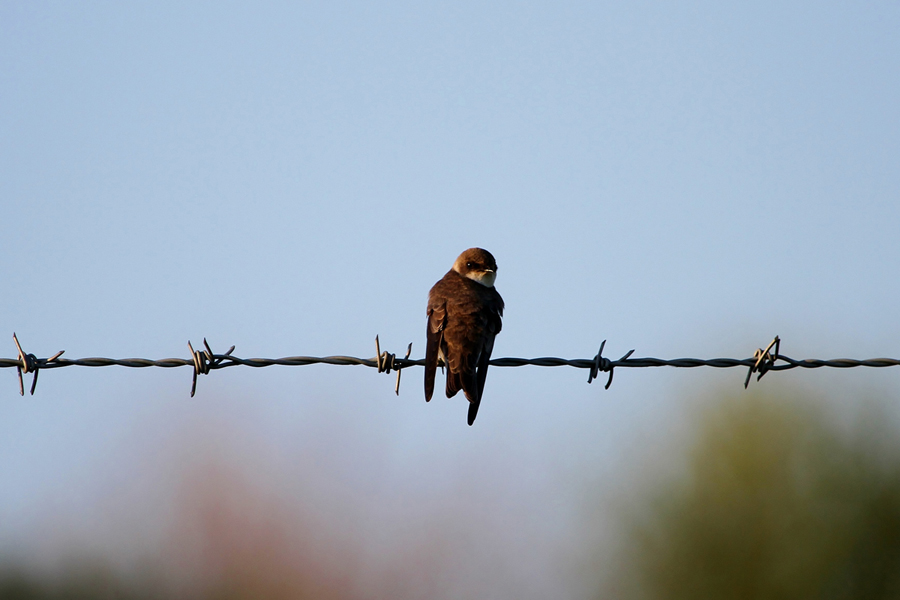
With their aerial mastery and unique screaming call, Swifts are a bird to look out for this June. Amazingly they spend nearly all of their life airborne and only land to breed. Unfortunately, they suffer from the same affliction as their close relative the swallow, with a sharp loss in suitable nesting habitats leading to a decline in their population. To raise awareness of this, the first ever Swift Awareness Week (16 to 23 June) has been launched in the hope of highlighting how the public, land developers and local councils can help these incredible birds.
Where to see: Swifts can be spotted in urban areas in and around the Broads National Park. Keep an eye out high in the sky at dawn and dusk for your best chance. The Broads Authority have even fitted a swift nest tower at Whitlingham Country Park which will hopefully have some visitors this year!